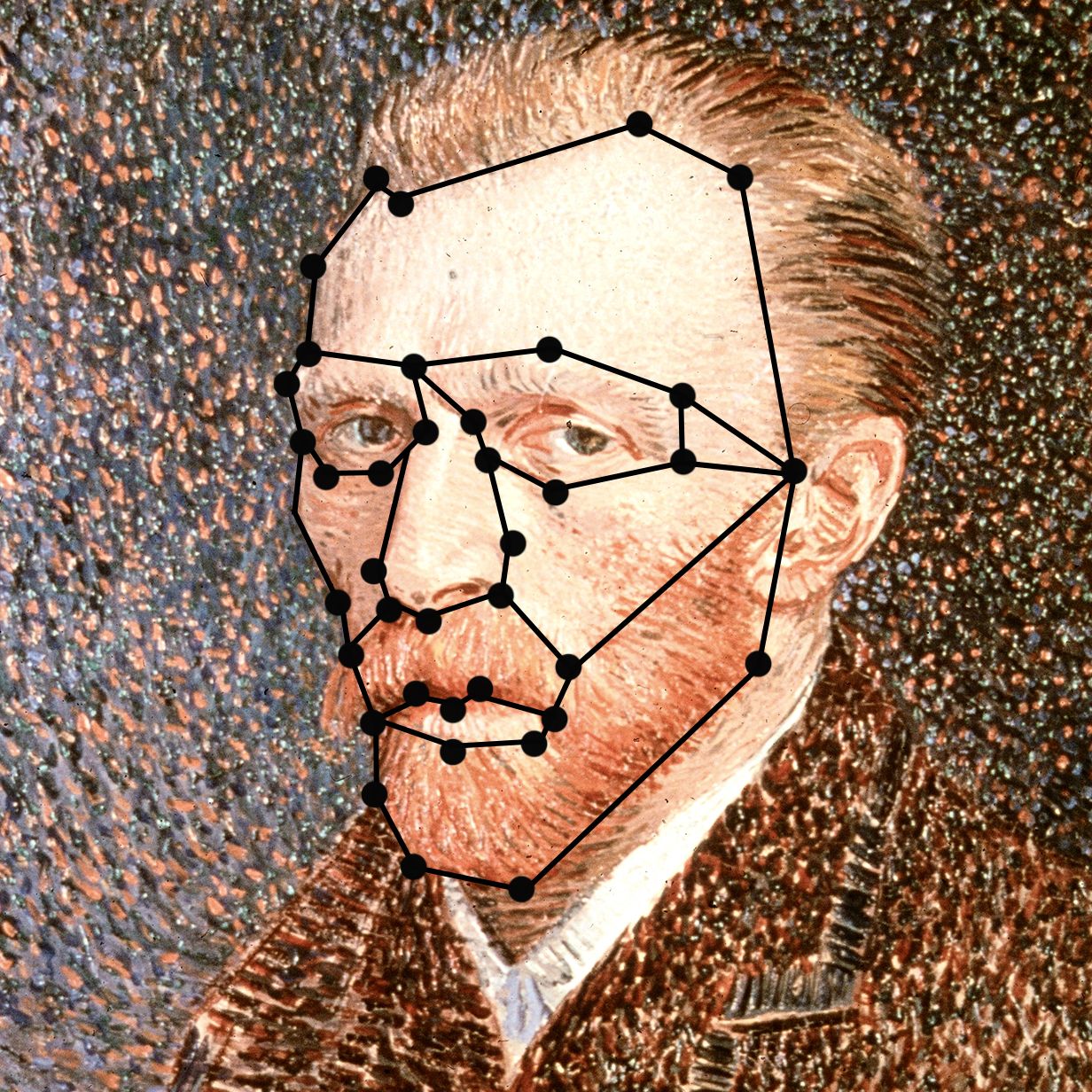Is That Painting a Lost Masterpiece or a Fraud? Let’s Ask AI
Art authentication has always been a tricky business, with experts often disagreeing on the origins of various works. However, with the advent of artificial intelligence, a new player has entered the game.
AI algorithms can analyze a painting’s brushstrokes, color palettes, and other features to determine its likely creator. This technology has been used to uncover lost masterpieces, but it has also raised questions about the possibility of creating fake artworks that can fool even the most discerning eye.
Proponents of AI art authentication argue that it can revolutionize the art world by providing a more objective and scientific approach to identifying genuine works. Critics, on the other hand, are concerned that this technology could be manipulated to create forgeries that are indistinguishable from the real thing.
One of the most famous cases of AI art authentication involved a painting attributed to the Italian Renaissance master Leonardo da Vinci. While human experts were divided on its authenticity, an AI algorithm was able to analyze the painting’s composition and attributes to confirm that it was indeed a lost da Vinci masterpiece.
However, not all cases have been so clear-cut. There have been instances where AI has mistakenly identified a fake painting as a genuine work of art, raising doubts about its reliability.
Despite these challenges, the use of AI in art authentication continues to gain traction, with many museums and galleries employing this technology to verify the provenance of their collections.
As the debate over the role of AI in the art world rages on, one thing is clear: technology is reshaping the way we view and understand art, for better or for worse.
